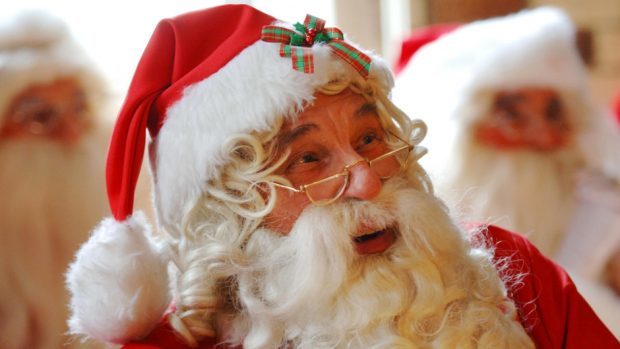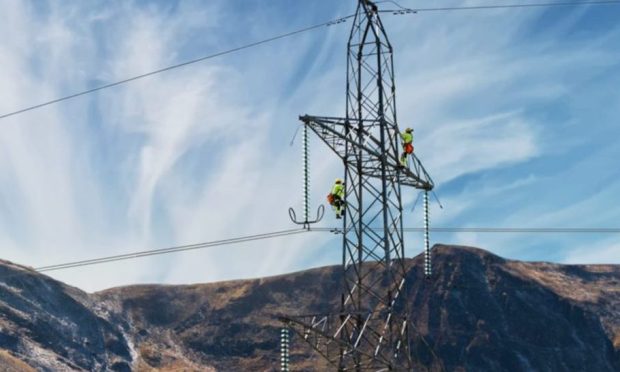The Federation of Small Businesses (FSB) has called on the Scottish Government to help deliver a fair deal for the nation’s growing army of self-employed.
Andy Willox, the business group’s Aberdeen-based Scottish policy convener, said a record number of people north of the border were now working for themselves.
And using Santa Claus as an international symbol of self-employment, he added: “He works long hours, most of them from home.
“He also travels thousands of miles through the night to fulfil orders and has to rope in his wife to help during busy periods.
“His customers are grateful but they literally expect him to be in many places at once.
“Like a record number of Scots, Santa knows all about being self-employed.”
According to the FSB, more than 300,000 people in Scotland are their own boss – more than work in the armed forces, local government or the NHS – and the number is expected to swell further in 2017.
The spike in self-employment accounts for nearly half of the fall in unemployment since the recession, Mr Willox said, adding: “In the last year, the debate about this shift has intensified.
“Some argue that it’s part of a wider economic problem – that people are turning to self-employment because there aren’t enough good jobs.
“Others pitch this change as a boom in entrepreneurship, the march of the makers, equating self-employment with self-reliance.
“Big business and public sector downsizing is at least partly accountable for this rise. Digital technologies and the cost and complexity of employment are also contributing factors.
“What’s clear is that being self-employed is no fairy tale. You’re likely to take home less money and have none of the benefits of employment like sick pay and holidays.”
Mr Willox said FSB research findings to be published during 2017 would reveal a close relationship between prosperity, rurality and high levels of self-employment.
He added: “This link shows that there’s absolutely a place for those who work for themselves in successful Scottish local economies, but we need to adjust our systems and processes to account for these self-starters.
“For example, given their number, we believe that it is absolutely right for self-employed parents to be given the same state support as employees.
“Indeed, we’ve pressed for the Scottish Government to deliver parental and adoption support for the self-employed when they get additional welfare powers in 2017.
“Further, we’re pressing ministers to revisit their jobs plan to look at how to best help those who work for themselves.”










